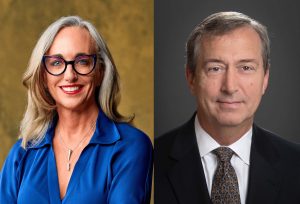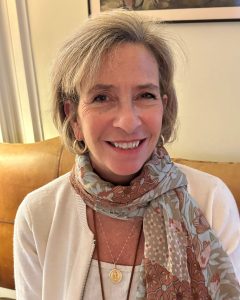April 2025 | Volume 18, Issue 2



Changes We Can Embrace
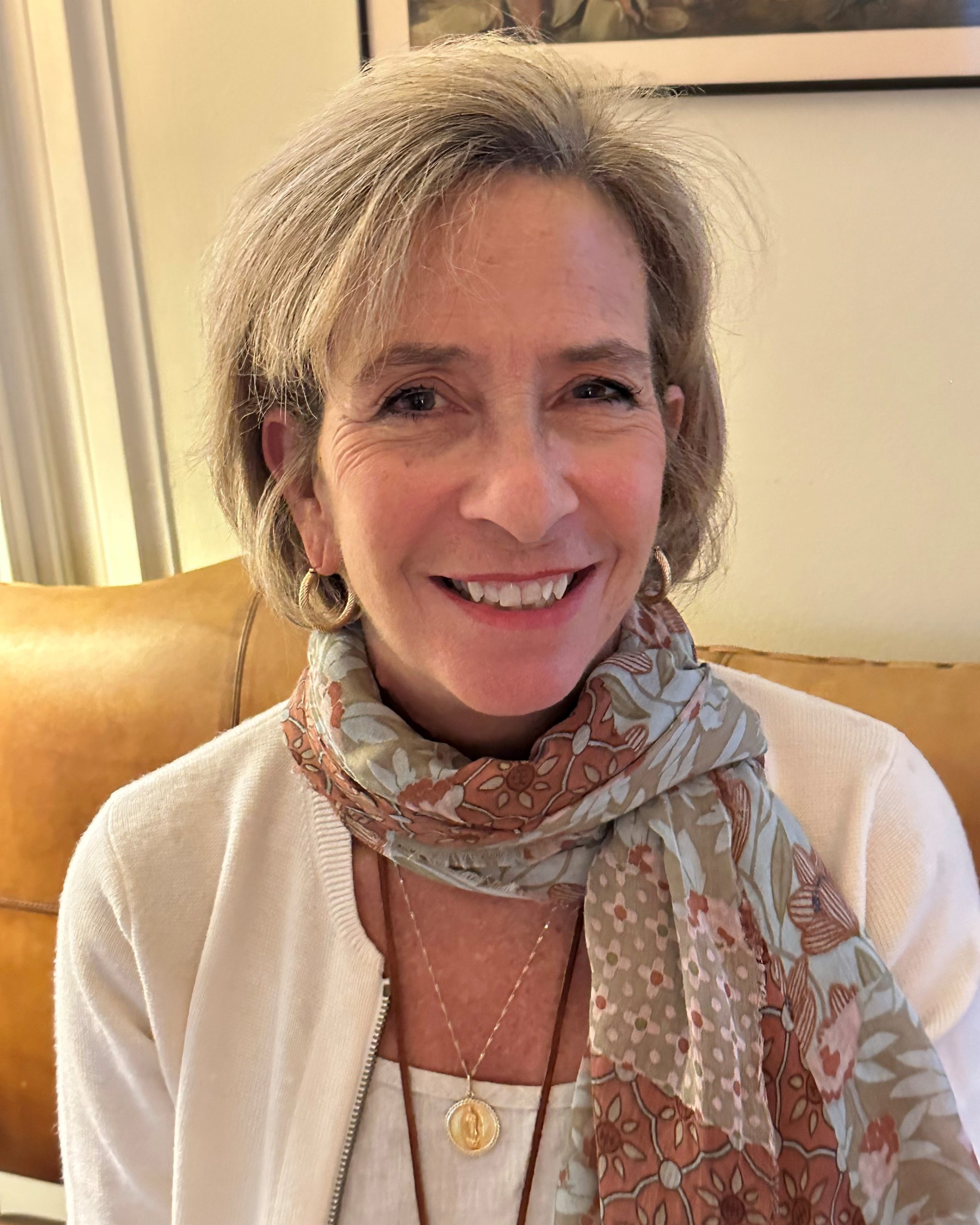 By Desiree Morgan, MD, ABR Governor
By Desiree Morgan, MD, ABR Governor
2025;18(2):1
Early spring is my favorite season. In my part of the world, daffodils, hyacinths, and now irises are blooming, the redbuds are finishing their showy fuchsia, dogwoods are opening up, and from elms to oaks, the big trees are in bud. Spring signals a change that we can count on, one that we welcome (allergies aside!). Not all change is as embraceable, but when it is carefully explained, the prickly feeling we tend to get when we are told “change is coming” is easier to process. This edition of The Beam explains changes coming to the IR/DR certifying exam process, a new pathway toward pediatric radiology certification, and refinement of the strategic priorities of the ABR, in addition to introducing you to volunteers, new perspectives, and more of our processes, as we typically do. I hope you enjoy learning more, and I wish you abundant beauty this spring!
In this issue . . .
ABR President Cheri L. Canon, MD, and ABR Executive Director Brent Wagner, MD, MBA, describe two new strategic priorities: proactively collaborating with professional organizations and creating a culture of improvement and innovation.
The ABR Board of Trustees will be adding seven members this year: three in diagnostic radiology (pediatric radiology, cardiothoracic imaging, and neuroradiology), two in interventional radiology/diagnostic radiology, one in radiation oncology, and one in diagnostic medical physics.
Click HERE to read more.

Collaboration, Improvement, and Innovation Added to BOG’s Strategic Priorities
By Cheri L. Canon, MD, ABR President, and Brent Wagner, MD, MBA, ABR Executive Director
2025;18(2):2
The Board of Governors (BOG) approved eight strategic priorities in 2022 that codified the programmatic and operational activities of not only the ABR staff but also the volunteers. This common understanding was important because it allowed for synergy between the BOG’s oversight role and staff activities. Although the priorities are not arranged in specific order of importance, the BOG highlighted that controlling costs and improving communication were of special importance; these two areas were described in detail in the October 2022 issue of The Beam. In February 2023, details of the remaining six priorities were publicly shared:
- Create/maintain balance in our certification processes.
- Maintain the highest standards in our assessment processes.
- Enhance service.
- Reduce risk.
- Enhance volunteer experience/engagement/value.
- Take care of our staff.
In this framework, the ABR’s programs and processes might 1) require a compromise among two or more of these strategic priorities, 2) simultaneously address two or more of the priorities, or 3) both.
Click HERE to read more.

Seven Volunteers Joining Board of Trustees
By Rodney Campbell, ABR Communications Manager
2025;18(2):3
The ABR is welcoming seven members to its Board of Trustees (BOT) this year.
Sherwin Chan, MD, PhD, started March 1 as the diagnostic radiology pediatrics representative. John Fritz Angle, MD (interventional radiology/diagnostic radiology), Isabel Cortopassi, MD (diagnostic radiology cardiothoracic imaging), Jeff M. Michalski, MD, MBA (radiation oncology), Michelle Miller-Thomas, MD (diagnostic radiology neuroradiology), Sameer Tipnis, PhD (diagnostic medical physics), and Darryl Zuckerman, MD (interventional radiology/diagnostic radiology) will join the BOT at the conclusion of the fall Board meeting.
Dr. Angle is a professor of radiology and medical imaging and director of the division of vascular and interventional radiology at the University of Virginia School of Medicine. He earned his medical degree from the University of Nebraska College of Medicine in Omaha. Dr. Angle completed a diagnostic radiology residency at Truman Medical Center in Kansas City and a fellowship in interventional radiology at the University of Virginia.
Click HERE to read more.

New 15-Month Pathway Offers Flexibility for Pediatric Radiology Training and Certification
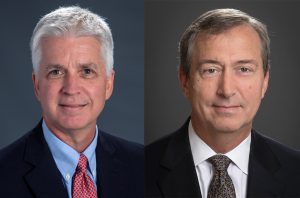 By Stephen F. Simoneaux, MD, ABR Governor, and Brent Wagner, MD, MBA, ABR Executive Director
By Stephen F. Simoneaux, MD, ABR Governor, and Brent Wagner, MD, MBA, ABR Executive Director
2025;18(2):4
Based on input and support from the Society for Pediatric Radiology (SPR), the ABR has created a pathway that allows diagnostic radiology (DR) residents to be eligible for subspecialty certification in pediatric radiology.
The goal was to offer a flexible alternative to the existing options of the traditional fellowship and clinical practice pathways, with the expectation that trainees might elect to concentrate a portion of their DR residency on imaging of children and young adults. Under the 15-month pathway, residents would, with the approval of their DR program director and institution, apply to the ABR at least six months before residency graduation with an individualized program plan for rotations that satisfy the requirements outlined on the ABR website, including 12 core pediatric rotations and up to three electives (“pediatric radiology-related rotations”).
Click HERE to read more.

New Interventional Radiology/Diagnostic Radiology (IR/DR) Certifying Exam Process
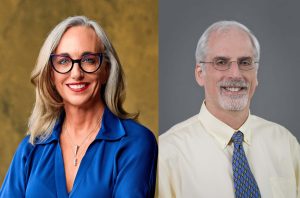
2025;18(2):5
The ABR announced last month that for interventional radiology residents completing training in June 2029, the Interventional Radiology/Diagnostic Radiology (IR/DR) Certifying Exam process will require a candidate to pass the Diagnostic Radiology (DR) Oral Exam and the IR Oral Exam.
In light of the ABR’s decision to return to an oral exam format for the DR Certifying Exam in 2028, we began seeking input and insight from IR stakeholders in May 2024 to determine whether an imbalance would be created once the new DR Oral Exam was implemented. Specifically, we wished to determine if the DR assessment, as part of the IR/DR certification process, would be adequately equivalent to that same DR assessment in the DR-only certification process. This comprehensive stakeholder input process was facilitated by a third party: Jennings Healthcare Marketing. The process focused on gathering feedback and perspectives through multiple channels as the precursor to considering possible process modifications.
Click HERE to read more.

Volunteers Drive the ABR’s Work
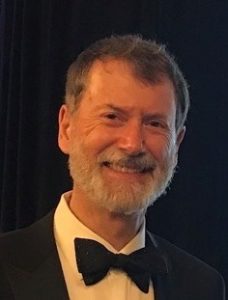
By Geoffrey S. Ibbott, PhD, ABR Associate Executive Director for Medical Physics
2025;18(2):6
To candidates for certification and even many diplomates, the ABR might appear to be a black box from which exams, requirements, and rules appear and decisions are handed down. However, nothing could be further from the truth.
While the ABR has almost 100 full-time employees who perform valuable administrative, editorial, and IT functions, much of the work that most directly affects candidates and diplomates is performed by volunteers. Most of the ABR’s approximately 1,300 volunteers are members of committees that prepare, evaluate, and administer exams to more than 4,000 candidates for Initial Certification each year in the four disciplines. They also write and evaluate OLA questions that are distributed to the 37,000 diplomates who are enrolled in Continuing Certification.
Most medical physicists begin their journey to certification by taking the Part 1 General Physics Qualifying Exam. The questions that make up the exam are written by individual members of the Part 1 General Committee. After an editorial review, the questions are reviewed by the committee during several virtual meetings and assembled into a complete exam at an in-person meeting. Each of the exams given to medical physicists every year (including Part 2 Qualifying and Part 3 Oral Certifying) is assembled through essentially the same procedure.
Click HERE to read more.

Unsealed Sources, Radiopharmaceuticals, and Theranostics in Radiation Oncology Exams
By Michael Yunes, MD, ABR Associate Executive Director of Radiation Oncology
2025;18(2):7
The future of cancer care is never certain, but the pendulum appears to be swinging toward an increase in utilization of unsealed sources of various types. The ABR Radiation Oncology Trustees have unanimously voted to increase the percentage of items on the qualifying and certifying exams about unsealed sources, including radiopharmaceuticals, theranostics, and other potential therapies that may be developed over the next several years. This small change in emphasis will ensure that ABR diplomates continue to be certified in delivering these treatments in a way that is consistent with their training and expertise.
The ABR provides a single board certification for radiation oncologists. This certification includes “the use of ionizing radiation and other modalities to treat malignant and some benign diseases.” There is no distinction between the use of specific modalities such as protons, intraoperative therapy, radiopharmaceuticals, or theranostics. Additional education in specific modalities or specialization may be pursued, but it is not required to use that modality or treat specific patients.
Click HERE to read more.

Interprofessional Community Clinic Offers Medical Students Early Exposure to Radiology
 2025;18(2):8
2025;18(2):8
Student-Created Radiology Panel Expands Services, Provides Holistic Care
By Zach Cherian, MS3
Like many of my fellow medical students, I started my M1 year searching for extracurricular opportunities that would enrich and inform my specialty interests. I wanted a specialty that would allow me to interact with every field in medicine, one that would play a critical role in patient care while integrating innovation, creativity, and technology to enhance medical practice.
After much research, I fell in love with diagnostic and interventional radiology, a passion that would follow me throughout medical school. I quickly came to realize, however, that there was one major problem facing medical students nationwide: The opportunities for early exposure to radiology in medical education are severely lacking. Although medical imaging is presented in every block and board exam, medical students are given no more than a passive, surface-level introduction to radiology and its importance in healthcare. That all changed when I had the opportunity to create the radiology panel at Rosalind Franklin University’s Interprofessional Community Clinic (ICC).
Click HERE to read more.

Her Shift to a ‘Day Job’ Took Years of Work
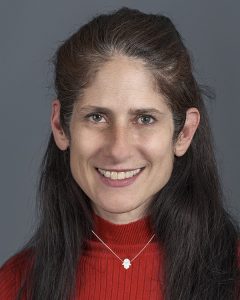
By Rodney Campbell, ABR Communications Manager
2025;18(2):9
There are career changes and there are career changes. Two decades ago, ABR volunteer Adina Alazraki, MD, made a huge switch in her work life.
After completing training and working in the emergency room as an urgent care physician at Children’s Healthcare of Atlanta, Dr. Alazraki rebooted her career with the goal of becoming a diagnostic radiologist. In 2003, eight years after starting her pediatrics residency, she started anew as a radiology resident.
“I decided I needed a day job,” said Dr. Alazraki, a radiology and pediatrics professor at Emory University School of Medicine and director of pediatric radiology at the Arthur M. Blank campus of Children’s Healthcare of Atlanta. “I couldn’t see myself doing primary care pediatrics. I decided to pursue radiology and I’m really glad I did.”
The career adjustment meant five more years of training at Emory University School of Medicine, where she had completed her pediatrics residency. In the process, she had to refamiliarize herself with an aspect of medicine that she hadn’t studied in a while.
Click HERE to read more.

She Knocked Down Roadblocks to Navigate Her Medical Physics Route
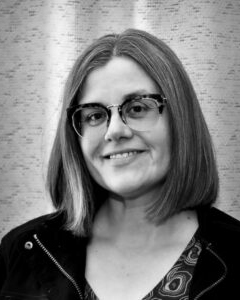
By Rodney Campbell, ABR Communications Manager
2025;18(2):10
As a youngster, Alisa Walz-Flannigan, PhD’s keen interest in math and science was strongly encouraged by her mother, who emphasized that studying those subjects was a path to intellectual and financial independence.
“It burned into me a passion and resilience to pursue my interests in science,” Dr. Walz-Flannigan said.
She said she and her mother found roadblocks in the field because they were women.
“Classes, labs or other opportunities to build skills valuable in science could be really unwelcoming,” said Dr. Walz-Flannigan, who has served as an ABR medical physics oral examiner. “I heard explicit messages as a teen about how my success in math was temporary, that my female brain wouldn’t be capable of advanced abstract thinking.”
She showed her commitment by participating in math and science programs offered by the University of Minnesota when she was a high-school junior. Dr. Walz-Flannigan went on to earn a bachelor’s in physics from Carleton College in Minnesota. According to the American Physical Society (APS), only 25% of physics graduates are women.
Click HERE to read more.

OLA Scoring Provides Accurate Representation of Diplomates’ Knowledge
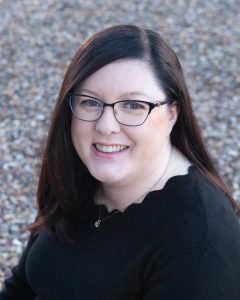 By Brooke Houck, PhD, ABR Associate Director of Assessments Research and Strategy
By Brooke Houck, PhD, ABR Associate Director of Assessments Research and Strategy
2025;18(2):11
Online Longitudinal Assessment (OLA) is a continuous assessment program that allows diplomates to engage in learning over the course of their five-year Continuing Certification Part 3 cycle. Having an OLA passing score in the fifth year of each cycle fulfills the Part 3 requirement of Continuing Certification.
Every OLA participant has a unique assessment. It is extremely unlikely for any two participants to see the same questions, in the same order, at the same time. The system offers questions randomly, based on an algorithm that considers, among other things, the exam blueprint and the diplomate’s certification. Therefore, the formula listed below represents scoring for one specific individual and must be applied at the individual level. The questions contained in the “last 200 questions” are unique in that those questions were completed at different times than other participants and may have different difficulty ratings.
Click HERE to read more.

Application Period Open for Visiting Scholars Program
2025;18(2):12
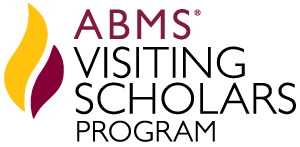
Residents and early career physicians and physicists are encouraged to apply to become an American Board of Medical Specialties (ABMS) Visiting Scholar.
The ABR partners with the ABMS to assist candidates and early career diplomates with their research efforts and leadership development. The program facilitates research projects that address pressing health care issues and research priorities for the Member Board community.
Applications for the 2025-’26 Visiting Scholars cohort will be accepted until June 26. The one-year program begins in September.
The ABR’s goal is to fund as many as four scholars each year at $15,000 apiece. For more information, please visit the ABR’s website, the ABMS’ website or watch this video.
Dr. Morgan Receives Society of Abdominal Radiology Gold Medal
2025;18(2):13
ABR Governor Desiree E. Morgan, MD, professor and vice chair of faculty affairs in the Department of Radiology at the University of Alabama at Birmingham (UAB), is one of three physicians awarded the Society of Abdominal Radiology (SAR) Gold Medal for 2025.
The SAR Gold Medal is the highest recognition given by the Society and based on contributions to abdominal radiology, medicine, and patient health. It also takes into consideration service within the Society and is based on a lifetime of commitment to the SAR mission and values.
Dr. Morgan is a fellow and former member of the SAR board of directors and served as SAR president in 2020.
An ABR volunteer since 1997, Dr. Morgan served as an oral board examiner, an item writer for the gastrointestinal radiology sections of the Qualifying (Core) and Certifying exams, and chair of the GI Core Committee prior to joining the Board of Trustees as the abdominal Trustee in 2018. She joined the Board of Governors in 2023.
Click HERE to read more.

March 25 Blog
Matching Starts Exciting Chapter in Life of New Resident
March 18 Blog
Volunteer’s Flexible Life Stretches from Beirut to Portland
March 4 Blog
Longtime ABR Volunteer Enjoying Challenge of President’s Role
February 25 Blog
Veteran Educator Still Learns from His Residents
February 19 Blog
New Group Payment System for Continuing Certification Fees Introduced
February 4 Blog
When Volunteers are Needed, She Enthusiastically Steps Up


